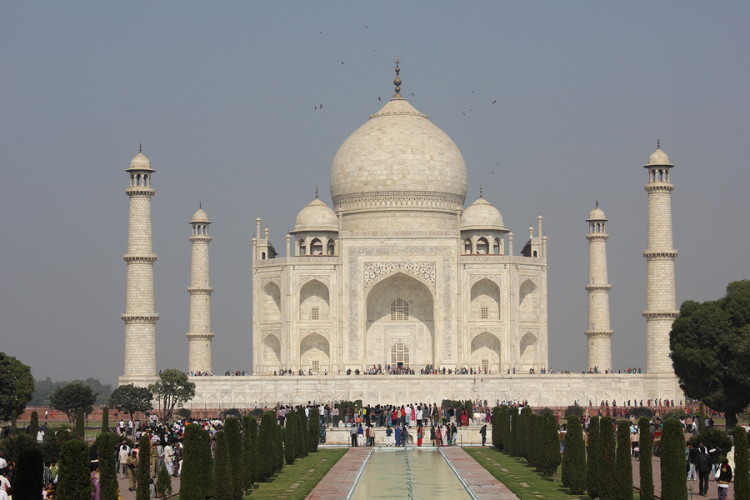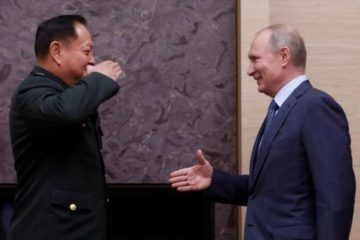‘Airpocalypse’ Is an Opportunity for China and India: Editorial

©2015 Bloomberg View
NZBH476JTSEJ
NZBH476JTSEJ
(Bloomberg View) — Even as negotiators were completing a new global accord on climate change last week, a lung-burning haze choked two major world capitals, infuriating residents and reigniting debate about the costs of headlong development. As China and India rush to clean their cities’ hazardous air, they can take this opportunity to make progress against climate change as well. Responding to previous bouts of public anger over air quality in Beijing and Delhi, leaders in both nations have laid down stiffer standards for smokestacks and car exhaust, shut urban factories and power plants, and limited the number of cars and trucks on the road. Such basic regulations haven’t always been followed, however, and more drastic measures haven’t made a lasting difference. By 2002, for example, Delhi had managed to convert all city buses and auto-rickshaws to run on compressed natural gas. But as the number of cars in the city continued to mushroom, any improvement in air quality was reversed. China has conjured blue skies for the 2008 Olympics and other major public events in Beijing — by banning cars and closing factories — but each time a return to business as usual brought the smog back. Both countries clearly need bigger and more lasting reductions in vehicle and factory exhaust. Public anger in Beijing over the blinding, poisonous smog should give the national government additional leverage to pressure local officials, who often coddle polluting businesses, into prioritizing clean skies over gross domestic product. And it should provide a window to shut down some of the polluting state enterprises that are contributing to massive overcapacity in industries such as steel and cement. If they’re to make the air breathable — and meet the goals they’ve set themselves at the Paris climate talks — both China and India will also need to rethink their increasingly car- centric cultures. Delhi plans to restrict cars by license-plate number from driving on odd and even days of the month, as Beijing is now doing as an emergency measure. But both cities should do more to raise the cost of driving — through taxes, congestion charges and parking fees — and upgrade public transport. China, already the world’s No. 1 market for electric vehicles, might want to rethink the subsidies it’s announced for farmers to buy new gasoline-powered cars and invest instead in expanding the country’s electric-car infrastructure. One important — but politically difficult — detail is pricing. In India, dirtier diesel is taxed too little compared with petrol; in China, the government still puts the price of natural gas too high. Raising the first and allowing the market to set the second would encourage a shift to cleaner fuels. Ultimately, leaders in China and India — like all other countries — should put a price on carbon, to discourage the use of fossil fuels and encourage the development of affordable clean energy. Otherwise, there’s a danger that they might favor cheap ways to reduce pollution — such as putting scrubbers on coal-fired power plants — that don’t do enough to ward off climate change. In racing to clear up their skies, governments must keep in mind their long-term goals.
www.bloomberg.com
–Editors: Nisid Hajari, Mary Duenwald.
To contact the senior editor responsible for Bloomberg View’s editorials: David Shipley at davidshipley@bloomberg.net.
For more columns from Bloomberg View, visit http://www.bloomberg.com/view
For more columns from Bloomberg View, visit http://www.bloomberg.com/view







No Comment